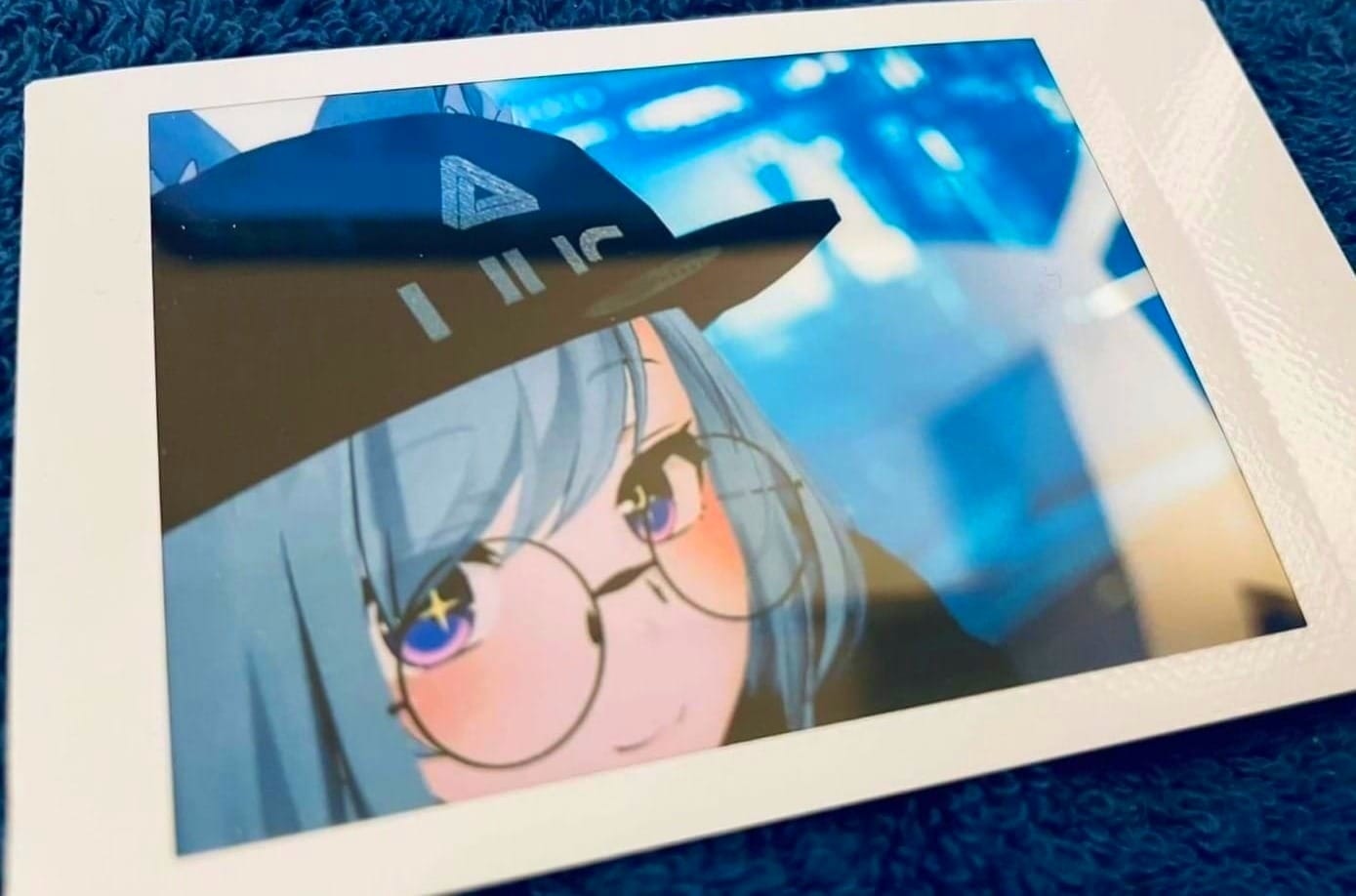Search your favorite immersive platform’s hashtag, and you’re guaranteed to spot snapshots of new maps waiting to be visited or the image of a fashionista in a custom avatar. What is all this? It’s virtual photography, and it’s a popular pursuit in virtual reality.
For those unfamiliar, virtual photography is the act of taking pictures of digital spaces. Photographers have been active in places like Second Life as far back as the mid-2000s; earlier than that, and it’s actually the word machinima you’d be using to refer to cinematic works created inside of video games. While the use of machinima is well-established nowadays, in headsets with full embodiment in a simulated landscape, the practice goes full circle back to the one button ease of an instant film camera. With limitless environments available to visit and artists with access to the same post-processing enhancement tools as any other photographer, something new is happening with photography in today’s social VR spaces.
To better understand the trend, I contacted four artists over direct messages with questions about how they approach their creations.
Meet The Photographers
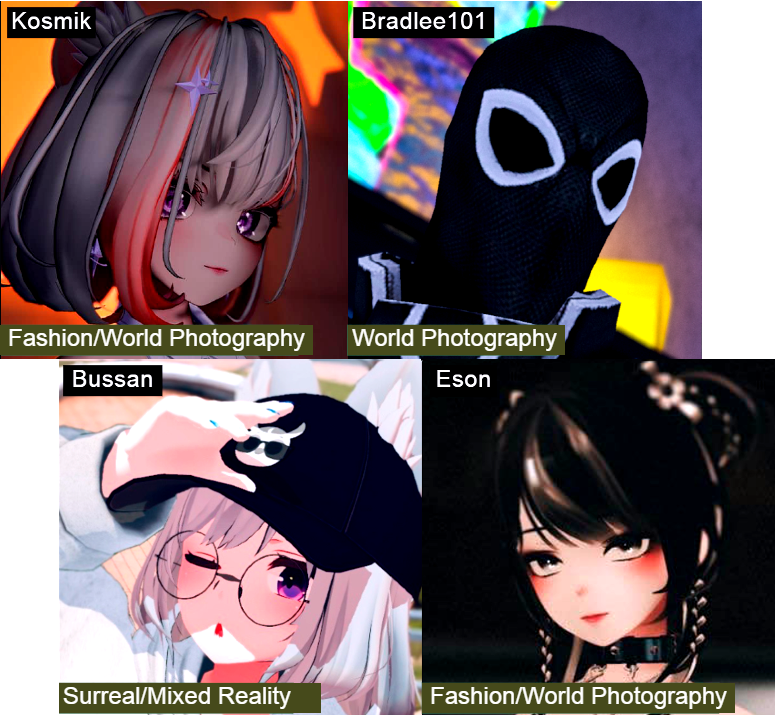
Over the years, virtual photography has caught on as a pastime and more pursuable hobby in VR. Why do you think that is, and what drew you to taking photos in virtual reality?
Kosmik: I think VR photography is just eminently more approachable! For the most part, stuff that photographers need to worry about (lighting, makeup, weather, etc.) isn’t really a factor in worlds that are always sunny or perfectly moody. There’s a certain reliability in it.
Bussan: Many people who spend time virtually feel that the time they spend virtually is more special than the time they spend in real life. (There are many theories about this, but many people around me think so.) In other words, they want to preserve that special time as a photograph.
Eson: I think it’s become more pursuable simply for the fact you don’t have to go anywhere, you can stay at home and from the safety of your room explore places that you’d never be able to visit otherwise. I got drawn into it as I’ve always liked taking photos in video games and always wanted to give photography a proper go. To try to stop myself from buying a camera irl, I dived into virtual photography.
Bradlee: I feel like it has drawn more people into it because of the photographers that have been here for years […] showing beautiful worlds and amazing looking avatars. What brought me in[to photography] was sharing my pictures with friends, showing off all these wonderful places that you can go to.
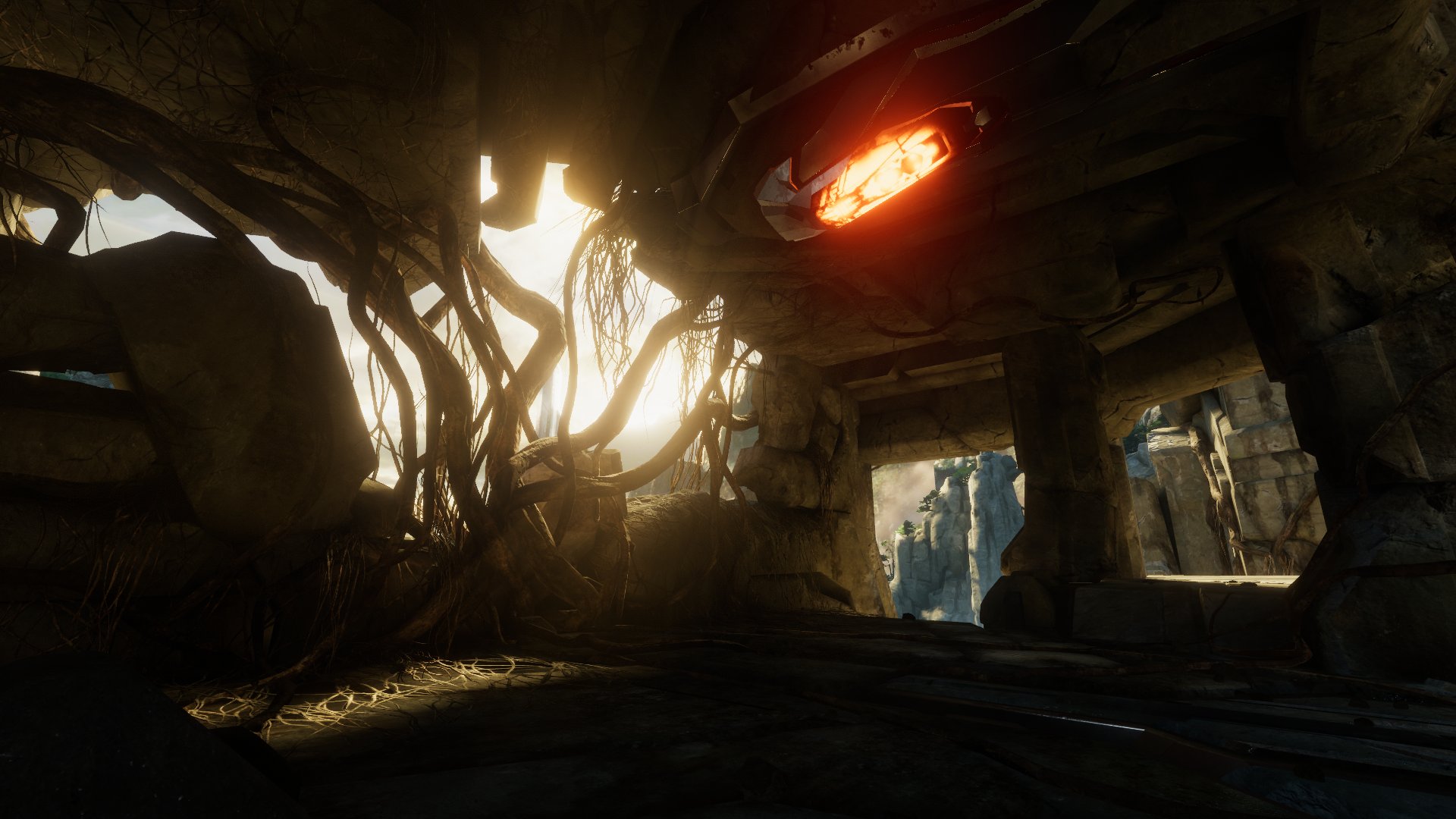
What’s something you wish VR platforms would consider when creating a camera system? What’s the one feature camera systems absolutely need?
Bussan: What VR platforms should consider when developing a camera system is the operability of the camera; it is not easy to operate the camera using a VR controller, and it is not always easy to explain its operation to others.
Eson: The problem is most platforms have a very basic camera, and it’s usually through mods or prefabs users have created that give you the features that you want to actually play with. However, I would love to have a burst mode, as currently in VRChat there is a delay for when you can take another photo.
Bradlee: Honestly pretty much anything that a modern-day camera can do. Being able to have those [physical-world] functions makes it so much easier to take good shots.
Kosmik: Currently, VRChat could really use a method to fly the camera around in portrait mode! I use VRCLens, so it’s not that big of an ask. I would definitely like a way to take photos in different aspect ratios more easily. It would also be nice if all the features from different prefabs (Integral, FlexFisheye) could be integrated into one.
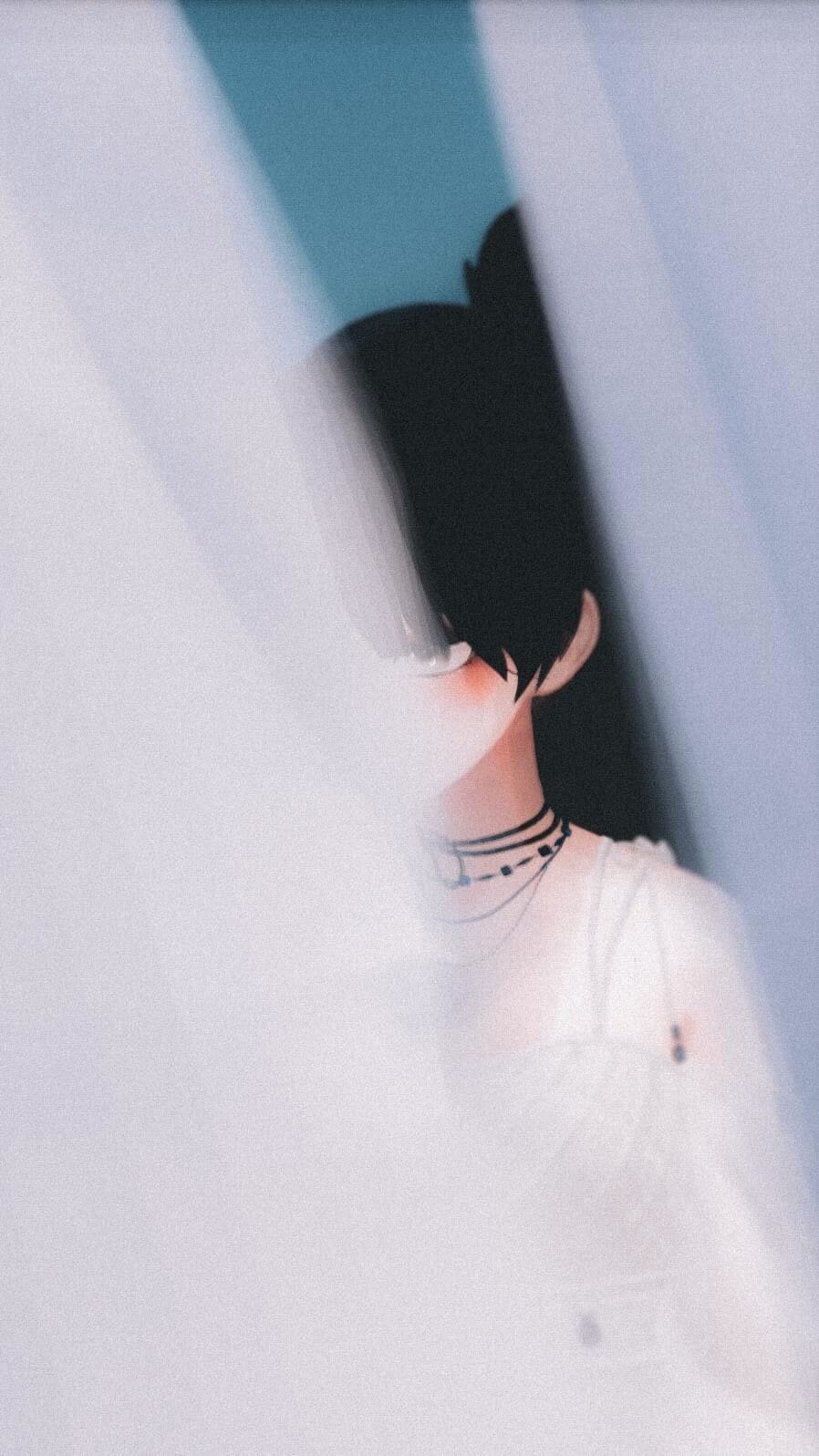
If you color-correct or edit your photos afterwards, what does it bring to your work? Why do you choose to edit photos in this way?
Eson: When I take a photo, I usually have an idea or a feeling in mind for the photo in the moment that I’m taking it, and I use editing to help portray the shot how I envisioned it. I do it like this simply because it’s how I taught myself to be creative. I’m self taught in regards to photography and editing, and have spent quite a bit of time studying other people and their work. But, I’ve found it to be more creatively satisfying to follow how I feel.
Bradlee: I have barely edited any of my photos, but the ones where I have, you can draw more of a focus towards something or make something look a little more pleasing.
Kosmik: Often the raw photo doesn’t quite match the picture I took in my mind’s eye, so I edit them to bring them closer to how I felt when I saw it for the first time. When I was learning about photography, I came across this quote that resonated with me: “Photography captures moments, but editing captures the photographer’s mood.” I’ve been fortunate to meet many fellow VR Photographers, all of whom bring such a multitude of visions and interpretations of the same worlds.
Bussan: Post-shoot editing brings a definite identity and character to my work. I often add a rather blue or purplish coloring to the photos I have taken, or add light. I may also add depth of field later. I also add damage effects when compositing avatars into real photos, as if they were taken with an instant camera. Photography is a hobby that anyone can take pictures of, so I try to add my own characteristics as much as possible.
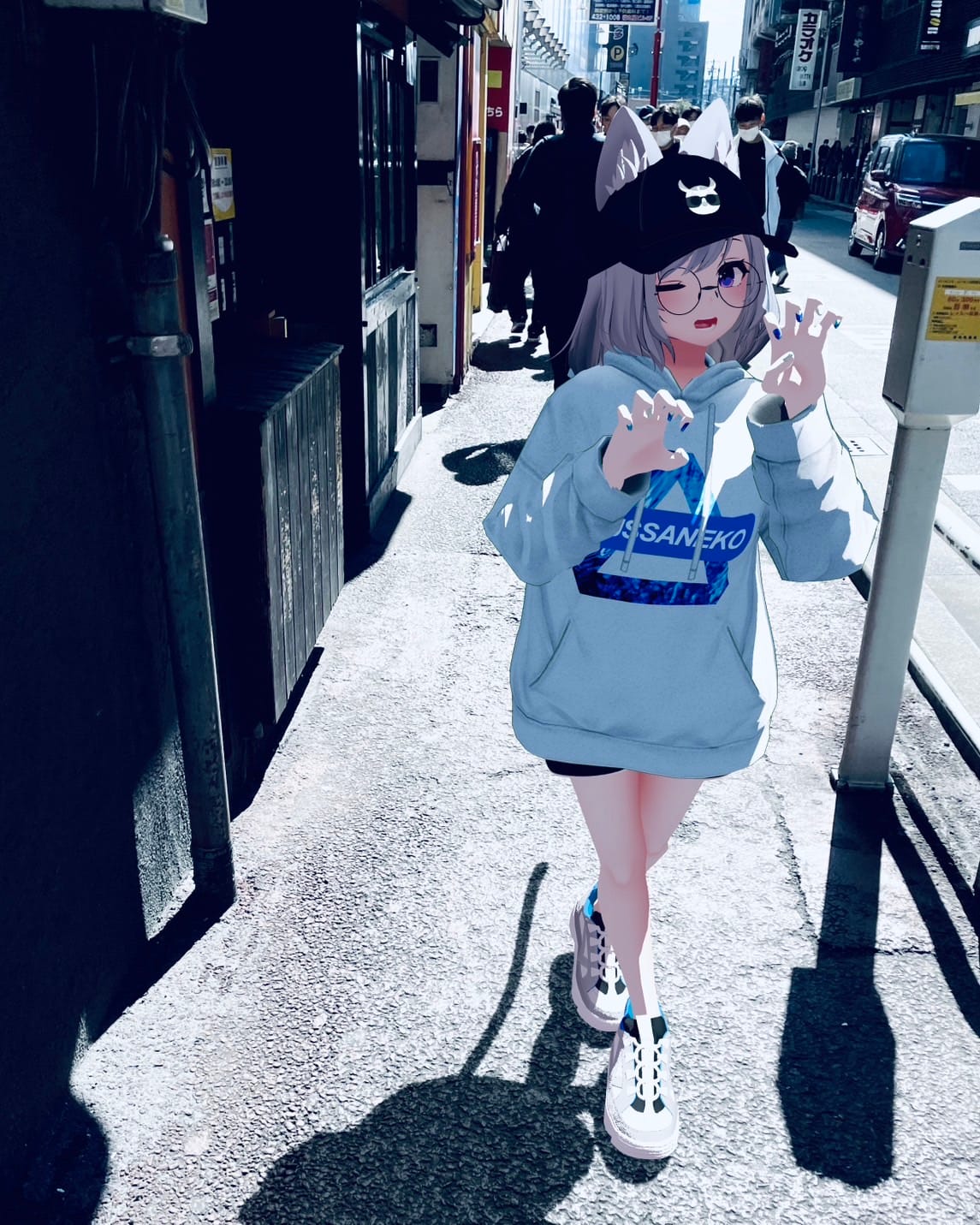
Some photographers like to take photos of VR settings as they are, while some prefer to take a more surreal edit with what they see. Where do you see yourself on the spectrum as a photographer?
Bradlee: I like to take the pictures for what they are, because I like people being able to see exactly what they’re getting into.
Kosmik: When I started I hewed closer to the first – I used to work in a newspaper, so the idea of journalistic integrity (i.e. giving people a more accurate picture of what they’ll see when they get there, not a false impression) stuck with me. For world photos, I’ll do minor color correction and slight enhancement to make the colors pop a little more, but I try not to go further than that. However, for my avatar and portrait shots, they’re avenues for me to practise a little artistic liberty. I’ll go for a more dynamic and/or dramatic edit for them.
Bussan: I prefer to add various kinds of processing to the photos after they are taken. I rarely use the photos as they are taken. A photo is an expression of my identity and character. Therefore, I try to take photos that are instantly recognizable as “taken by Bussan”.
Eson: I like to do both. There are times where I do what I call “real estate” photography where I want to just show the world as I see it. But I also love to be creative. The longer I’ve been taking photos and the more my skills have developed, the more I have tried to do shots that I consider surreal/artistic. Both to further develop my skills and just test myself to see what I’m actually capable of.
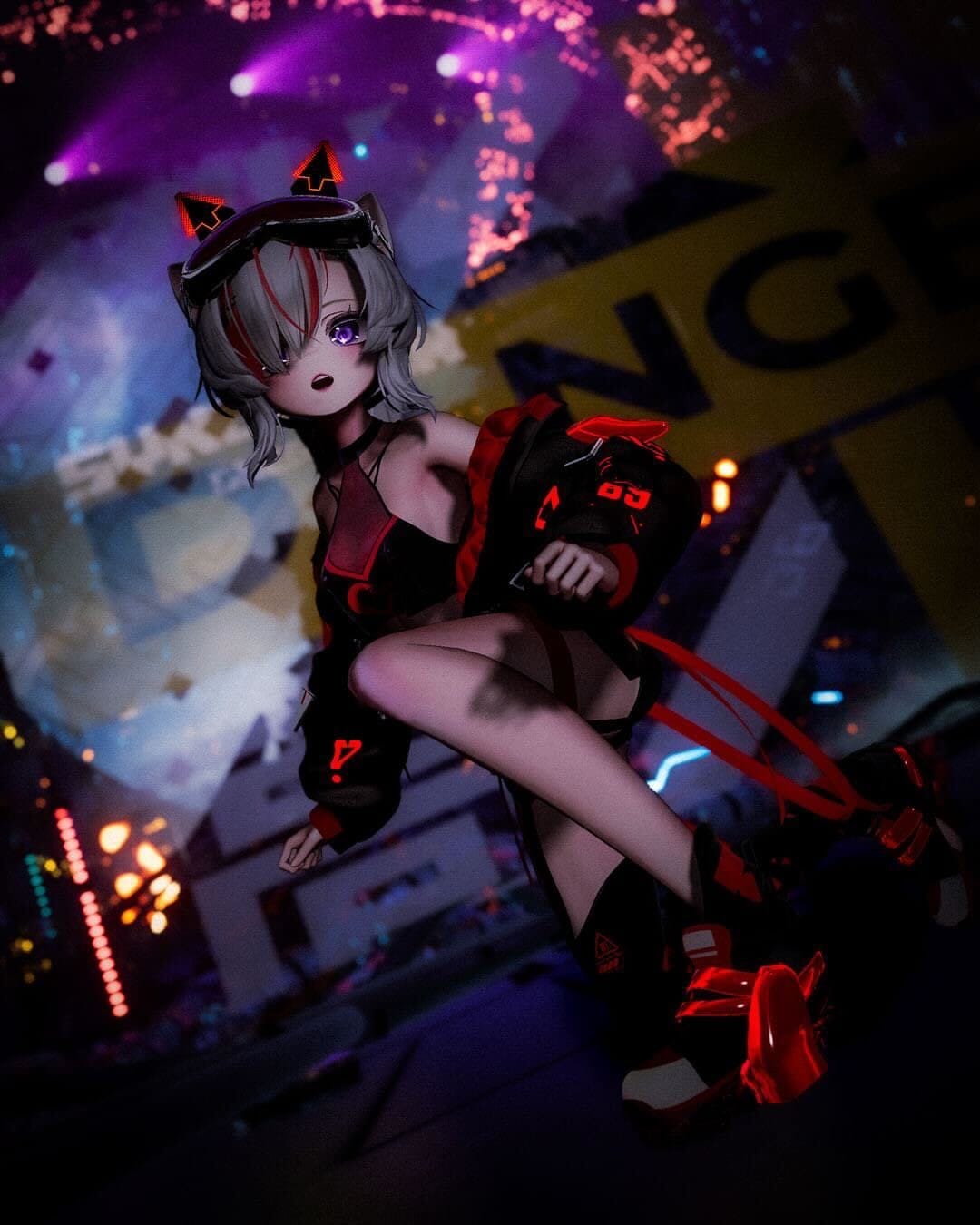
If you also take photos of physical places, how do you feel virtual photography has changed your work?
Bussan: I used to take photos for work. If anything, my style of taking photos in reality has influenced my taking photos and videos in VR. However, my characteristic style of “compositing avatars into real-life photos” is definitely a new style influenced by VR, and I believe that this style would not have been created if I had never encountered VR.
Bradlee: I feel like it has changed the way I look at angles for certain pictures. I rarely do so, but [those moments] make me like wonder if I could get a better shot.
Eson: One of my motives for virtual photography was to avoid buying an actual camera, and well, I went out and bought a camera still. Everything I’ve taught myself by doing virtual photography I’ve been able to apply to irl. You’re able to teach yourself how to actually take a photo in the virtual world and use those skills in the real world. Composition, leading lines, focus points, my editing and even just being able to go out and just take a photo, which is arguably the most important part. Photography has become a big hobby of mine, and a major part of my daily life, both virtual and irl.
Kosmik: I didn’t really do any irl photography before I started on VR Photography. However doing VR Photography has actually made me want to pick up irl photography, so this question is kind of the opposite for me!
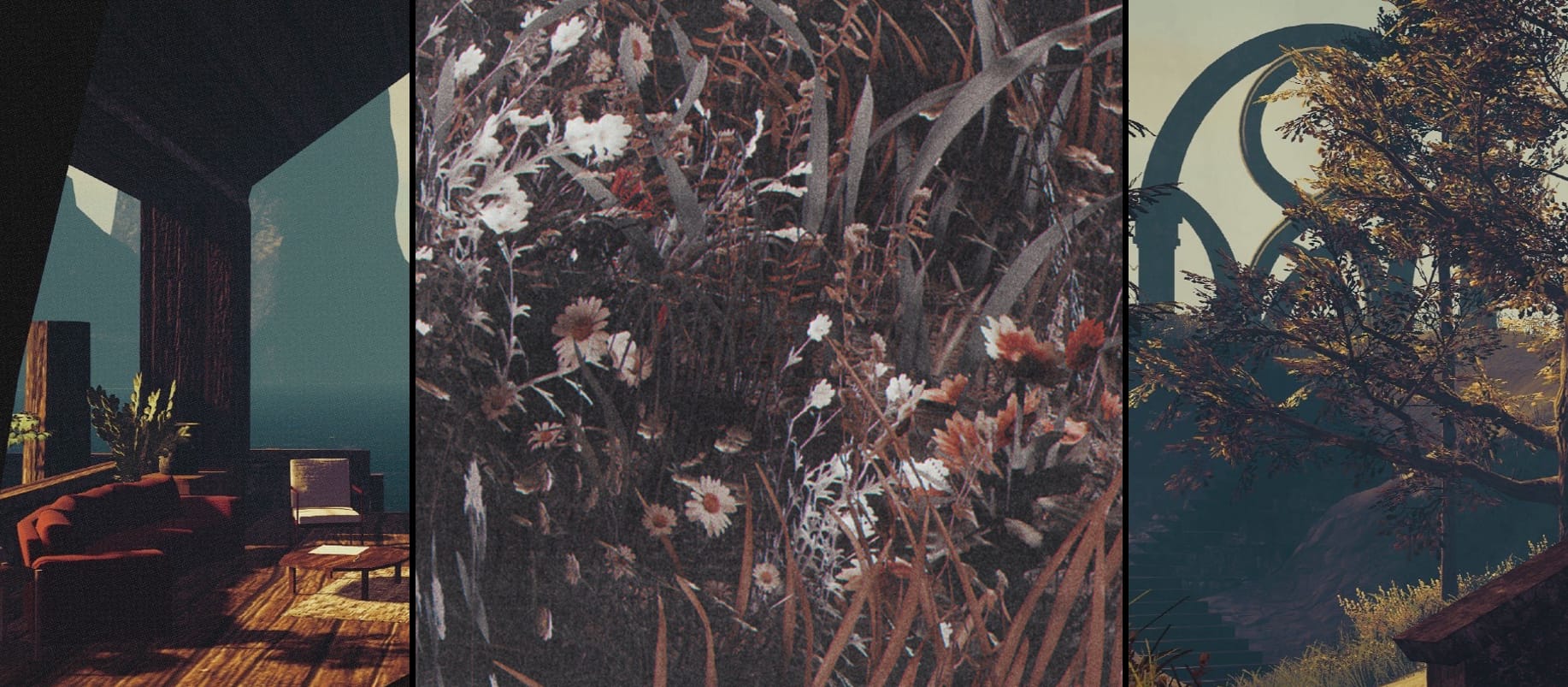
Getting Started With Virtual Photography
Like any creative pursuit, photography is a personal journey. All you need is a camera and the desire to photograph something. Don’t think too hard about what you want to accomplish with your photography. Go out, take a picture of something, and let your preferences guide you. Here are some additional tips to consider:
- Photograph what you love. Don’t invest in a photography subject that doesn’t keep you interested. It’s okay to change your mind about a chosen theme or style, as long as what you’re doing makes you happy.
- Follow your curiosity. Don’t ask yourself if other people are taking photos of something you want to photograph. Go for it anyway.
- Editing programs can help. Layering textures and color gradients can make your photos more interesting. You can use all kind of photo programs to do this, including simpler ones like Prequel. If you’re ready for a more advanced editor, try GIMP.
- Keep a physical copy. Don’t always put stock in digital storage to keep your photos alive. Print them out and put them in a scrapbook. Memories are memories, regardless of whether they’re formed in the digital or physical world. You might find that printing your photos enhances your enjoyment of the process.
- If you sell prints, be sure to get permission if necessary. Selling photography of various worlds you’ve snapped photos of can quickly run into a copyright problem. Always let the world owner know what you’re doing so you remain in the clear. If you want to avoid this issue altogether, consider building worlds for yourself and then taking creative photos of them.
